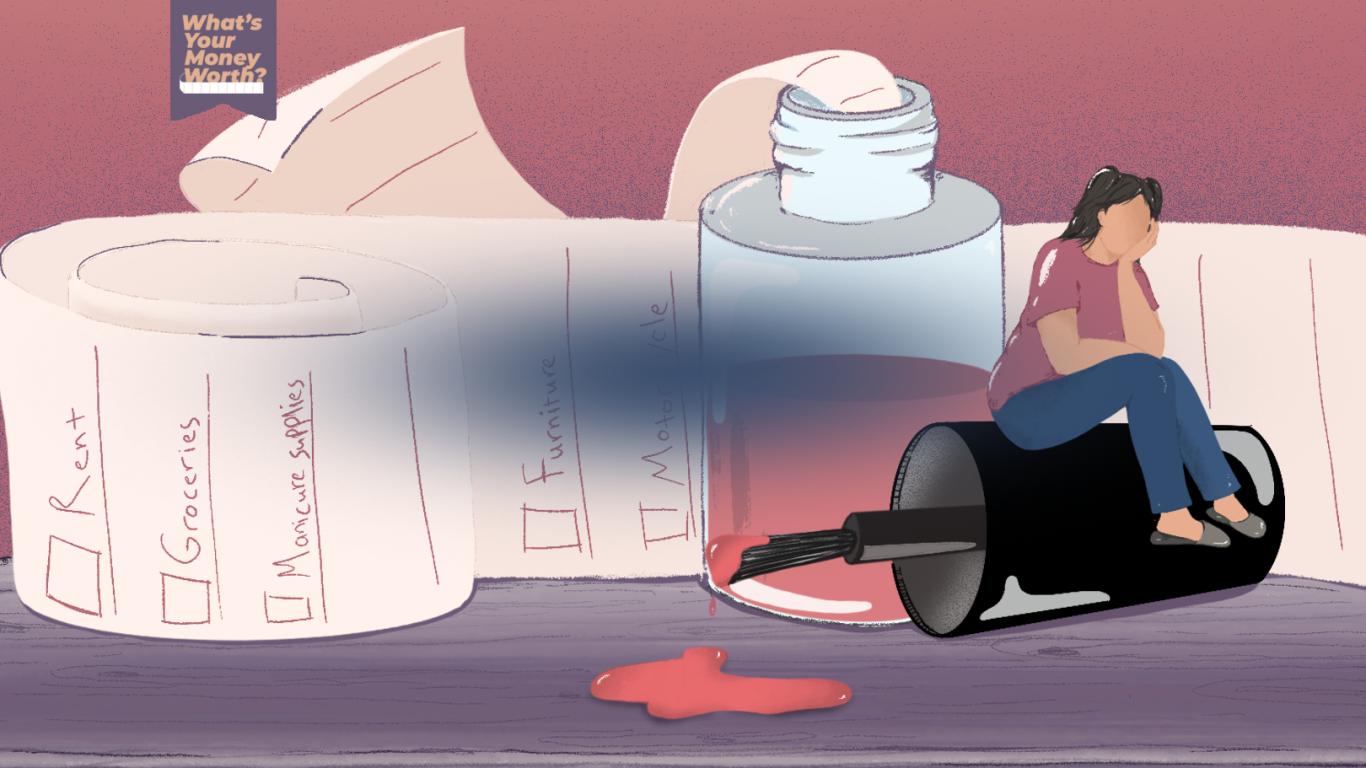‘You work like a dog but each month by the 10th your pay is gone’
A manicurist and her husband in Buenos Aires take on extra work where possible as living costs rise.

What's your money worth? A series from the front line of the cost of living crisis, where people who have been hit hard share their monthly expenses.
Name: Constanza (Coty) Rivera
Age: 23
Occupation: Manicurist
Lives with: Her husband Joel Diaz (24) and their son Julian (5) and a kitten.
Lives in: A rented two-bedroom apartment in Avellaneda, a municipality on the outskirts of the Argentine capital Buenos Aires. Avellaneda is part of the “conurbano” region, known as the most densely populated part of Argentina, and among its poorest. The poverty rate there outstrips the national average, sitting at 42 percent versus the average of 36 percent.
Monthly household income: About 180,000 pesos ($915 at the official rate, which has been used in this article; and $473 at the black market rate - about 380 pesos to the US dollar - which is what most people reference and yields about half the amount as the official rate).
Coty earns about 45,000 pesos ($229) as a manicurist and 22,000 ($112) for working at a government-subsidised cooperative that runs a soup kitchen. Her husband earns about 100,000 pesos ($508) working at a water company delivering jugs of water, and brings in an additional 10,000 pesos ($51) fixing mobile phones on the side.
Total expenses for January: About 200,000 pesos ($1,016). This was higher than usual because of a number of purchases they made last year on a credit card that they are now paying off.